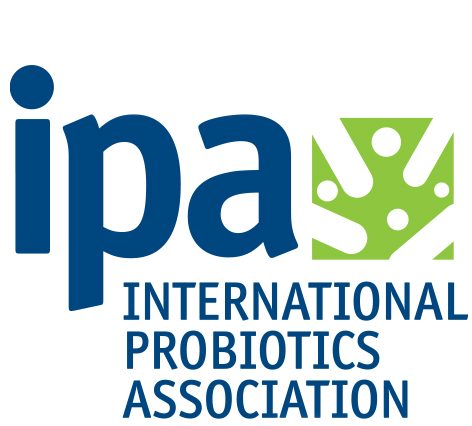The trendy Paleo diet is far from new.
The diet is based on foods eaten during the Paleolithic era, dating from 2.5 million to 10,000 years ago.
A Paleo diet typically includes lean meats, fish, fruits, vegetables, nuts and seeds — foods obtained through hunting and gathering. It limits dairy products, legumes and grains, foods common after farming emerged about 10,000 years ago. Sugar and alcohol are also avoided.
Why Paleo?
The logic of adherents is that the human gut microbiota has not adapted yet to modern foods. This mismatch is believed to be a contributing factor to the prevalence of obesity, diabetes and heart disease today.
Dietary Effects on Microbiota—New Trends with Gluten-Free or Paleo Diet detailed the changes nicely in a paper published recently in Medical Sciences online.
The popular Paleo regimen perhaps has its closest replica in the diet of Hadza hunter-gatherers from Tanzania. Microbiota analysis of their stools should mirror our ancient gut microbiota before the inclusion of gluten.
Indeed, one groundbreaking study showed clear differences in microbial pattern and intestinal metabolites when compared to urban-living Italians.
The gut microbiota from Hadza show a higher microbial richness and biodiversity compared to microbiota from Italian controls.
Ancient vs modern diet: differences
- The Hadza microbiota is dominated by phylum Firmicutes (72%), Bacteroidetes (17%), Proteobacteria (6%), and Spirochaetes (3%).
- Very low levels of Proteobacteria and Spirochaetes in the Italian control group
- Absence of Bifidobacterium in Hazda group
- Peculiar arrangement of Clostridiales taxa in Hazda group
- Analysis of the genus level reveals increased quantities of microbiota engaged in fiber digestion.
- In addition, there was a surplus of sphingolipids and glycerophosholipids reported to exert an anti-inflammatory effect and may be responsible for the low immune stress in Hadza hunters.
“In summary, the remarkable microbial community with an altered metabolome from Hadza feces may be an adaptation and precondition for the specialized form of nutrition and may yield a benefit for this atypical lifestyle.”
Zopf, Yurdagül et al. “Dietary Effects on Microbiota-New Trends with Gluten-Free or Paleo Diet.” Medical sciences (Basel, Switzerland) vol. 6,4 92. 18 Oct. 2018, doi:10.3390/medsci6040092
Elimination diets may be healthy. More research is needed on that. The big difference between the paleo diet and other healthy diets is the absence of whole grains and legumes, good sources of fiber, vitamins and other nutrients. Also absent from the diet are dairy products, which are good sources of protein and calcium.
In summary, the cereal-free Paleo diet reveals major differences in microbiota and metabolome and challenges our understanding of beneficial gut microbiota.
Takeaway
If the basic tenet of the Paleo diet is correct—that human microbiota have not adapted to modern foods—then the addition of ancient probiotic foods and supplements may be beneficial. Stay tuned.
Paleo diet essentials (Mayo Clinic)
- Fruits
- Vegetables
- Nuts and seeds
- Lean meats, especially grass-fed animals or wild game
- Fish, especially those rich in omega-3 fatty acids, such as salmon, mackerel and albacore tuna
- Oils from fruits and nuts, such as olive oil or walnut oil
What to avoid
- Grains, such as wheat, oats and barley
- Legumes, such as beans, lentils, peanuts and peas
- Dairy products
- Refined sugar
- Salt
- Potatoes
- Highly processed foods in general

